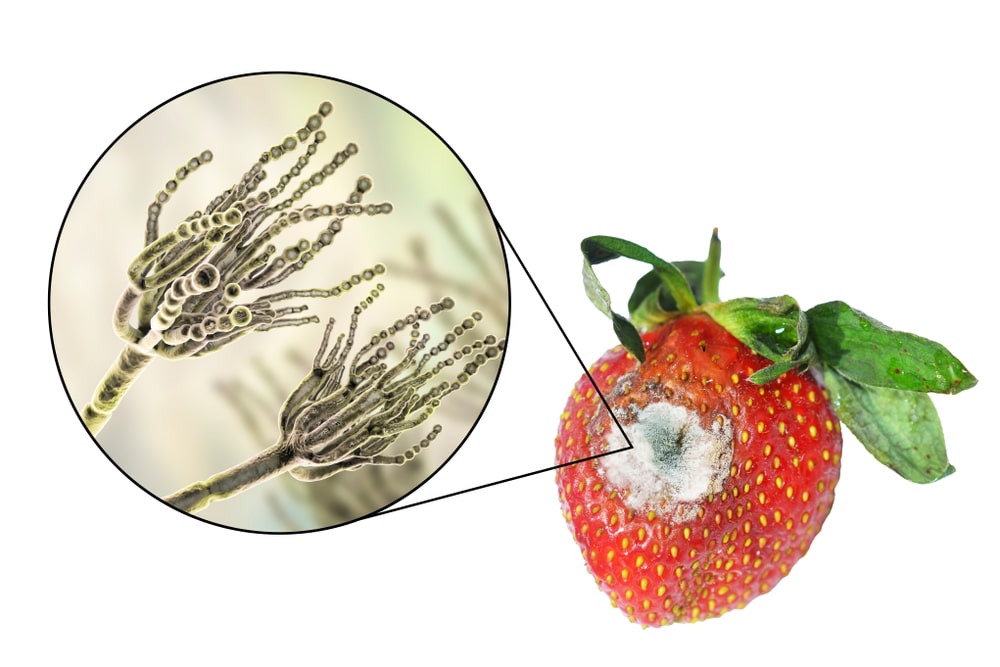1. Physical and chemical changes: Physical and chemical changes in different pharmaceutical formulations indicate microbial contamination and spoilage. Change in viscosity, pH, emulsion stability and loss of surface activity of formulations indicate microbial spoilage. Measurement of oxygen consumption of the product can indicate the degree of oxidative attack and microbial growth.
2. Sterility test: Materials which are to be tested for sterility mustn’t be subject to contamination from the operator or the environment during the test. For this reason, a sterility test must be conducted by competent and experienced personnel in an adequately clean room with laminar flow cabinet facilities. All injectables and ophthalmic preparations are sterile hence, these preparations are tested by the sterility test.
3. Assessment of viable microorganisms in non-sterile products: Non-sterile products are tested for viable microorganisms for detection of pathogens and total viable counts. Details of this test are given under “Microbial Limit Tests”.
4. Estimation of pyrogens: A pyrogen is a material that causes a rise in body temperature when injected into a patient. The lipopolysaccharides and lipoproteins which comprise a major part of the cell wall of Gram-negative bacteria are called endotoxins which are the most commonly called pyrogens. Two main procedures are used for the detection of pyrogens. The BP pyrogen test requires administration of the injection to laboratory rabbits. Their body temperature is monitored for some time. The alternative procedure is to use the Limulus Amoebocyte Lysate Test (LAL) in which the pyrogen-containing sample causes gel formation in the lysis product of amoebocyte cells of the giant horseshoe crab Limulus polyphemus.
Make sure you also check our other amazing Article on : Types of Microbial Spoilage
